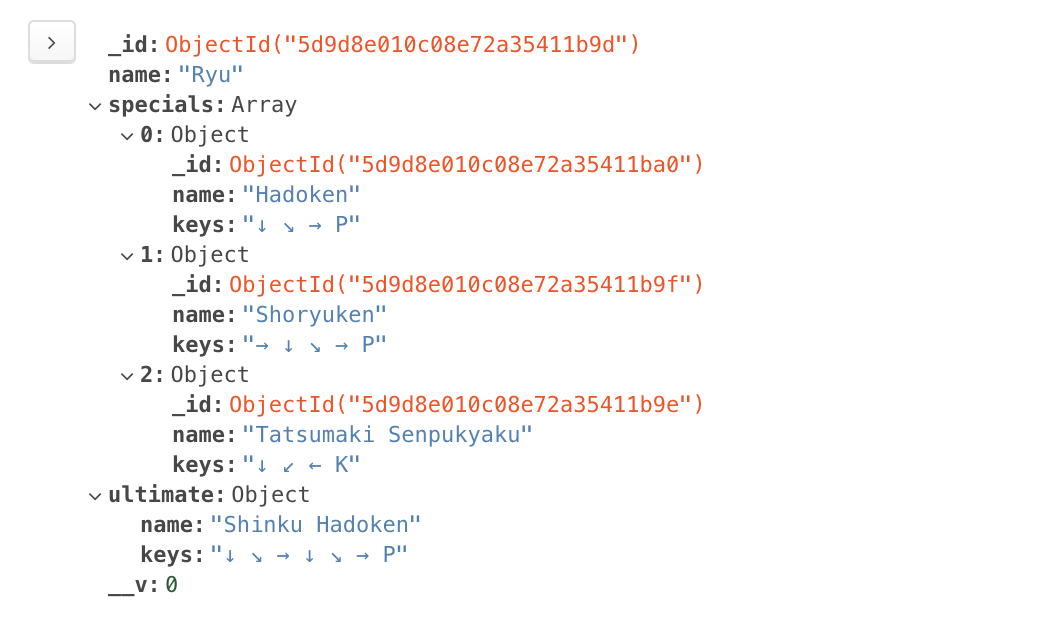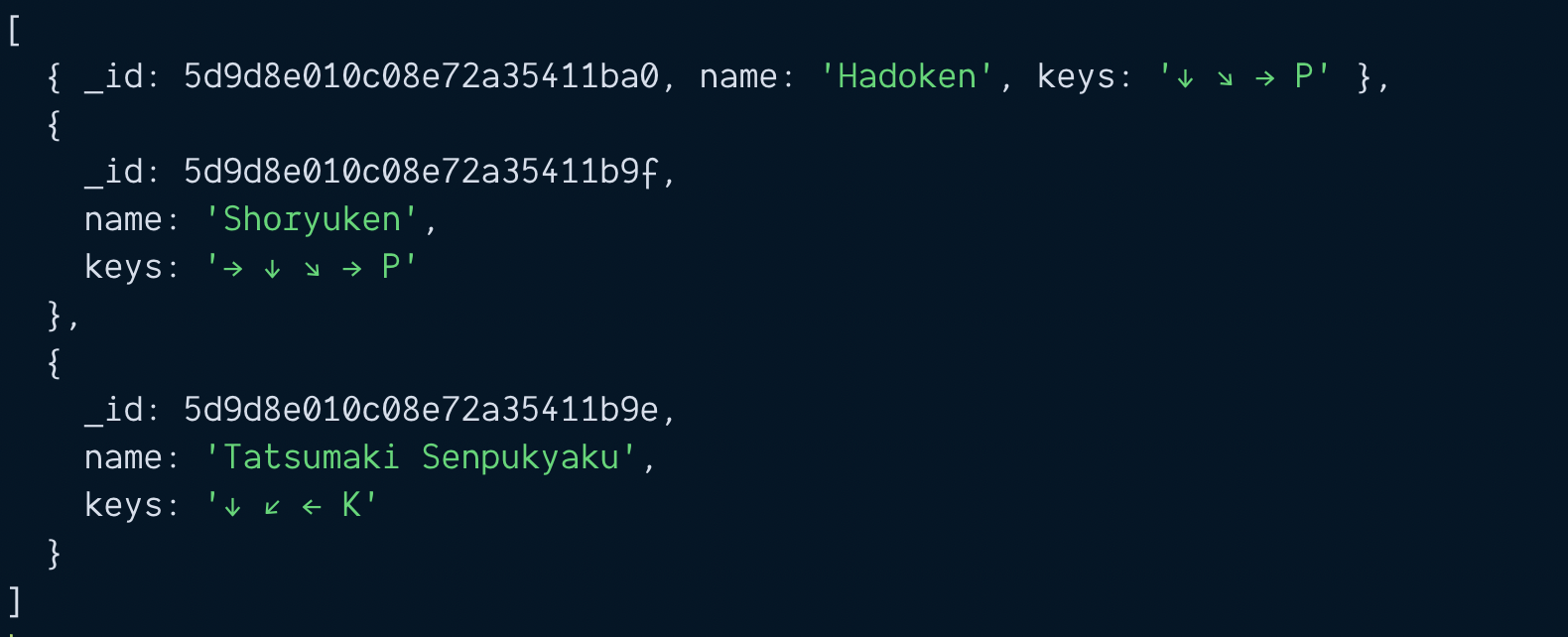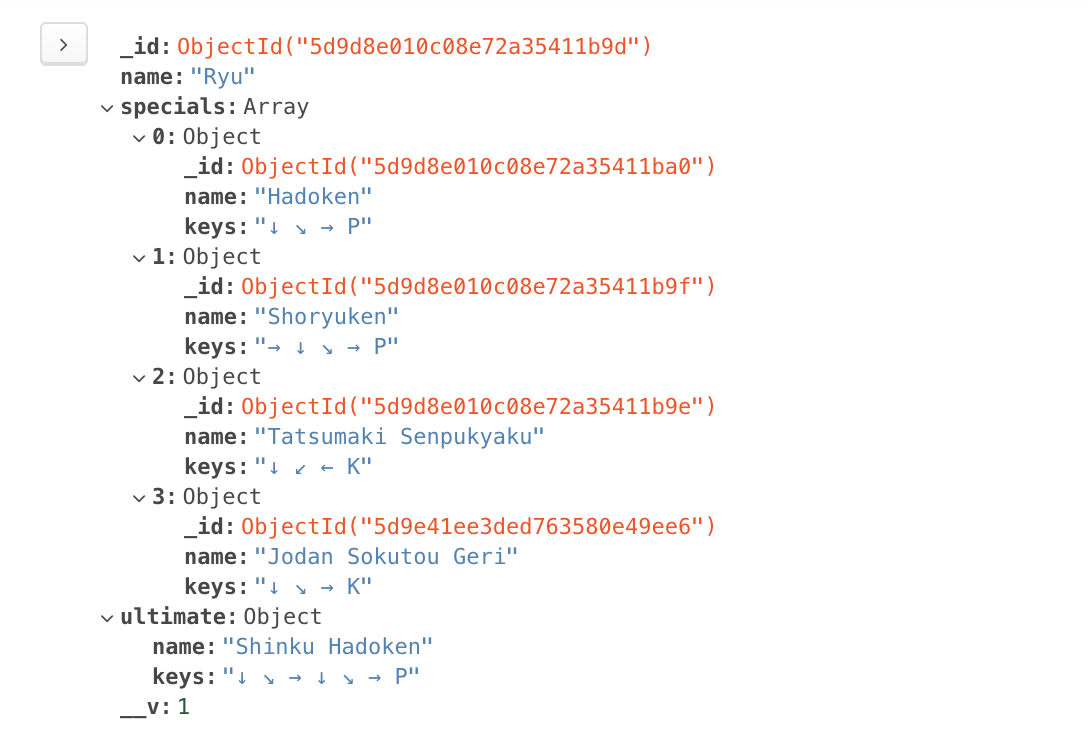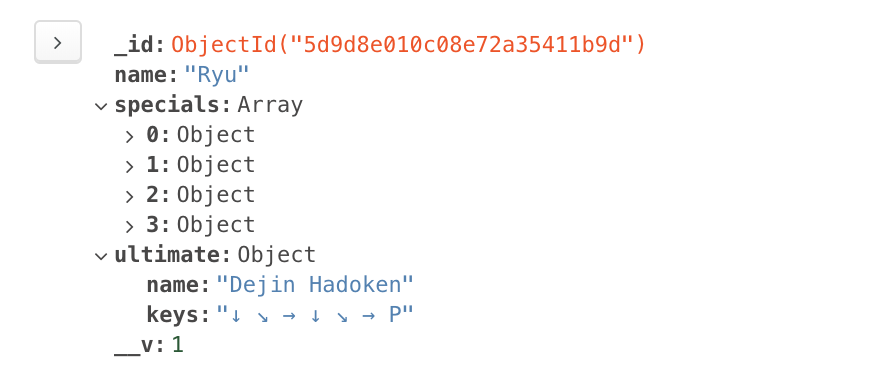Mongoose 101: Working with subdocuments
You learned how to use Mongoose on a basic level to create, read, update, and delete documents in the previous tutorial. In this tutorial, we’ll go a step further into subdocuments
What’s a subdocument
In Mongoose, subdocuments are documents that are nested in other documents. You can spot a subdocument when a schema is nested in another schema.
Note: MongoDB calls subdocuments embedded documents.
const childSchema = new Schema({ name: String,})
const parentSchema = new Schema({ // Single subdocument child: childSchema,
// Array of subdocuments children: [childSchema],})In practice, you don’t have to create a separate childSchema like the example above. Mongoose helps you create nested schemas when you nest an object in another object.
// This code is the same as aboveconst parentSchema = new Schema({ // Single subdocument child: { name: String },
// Array of subdocuments children: [{ name: String }],})Updating characterSchema
Let’s say we want to create a character called Ryu. Ryu has three special moves.
- Hadoken
- Shinryuken
- Tatsumaki Senpukyaku
Ryu also has one ultimate move called:
- Shinku Hadoken
We want to save the names of each move. We also want to save the keys required to execute that move.
Here, each move is a subdocument.
const characterSchema = new Schema({ name: { type: String, unique: true }, // Array of subdocuments specials: [{ name: String, keys: String }] // Single subdocument ultimate: { name: String, keys: String }})You can also use the childSchema syntax if you wish to. It makes the Character schema easier to understand.
const moveSchema = new Schema({ name: String, keys: String,})
const characterSchema = new Schema({ name: { type: String, unique: true }, // Array of subdocuments specials: [moveSchema], // Single subdocument ultimate: moveSchema,})Creating documents that contain subdocuments
There are two ways to create documents that contain subdocuments:
- Pass a nested object into
new Model - Add properties into the created document.
Method 1: Passing the entire object
For this method, we construct a nested object that contains both Ryu’s name and his moves.
const ryu = { name: 'Ryu', specials: [ { name: 'Hadoken', keys: '↓ ↘ → P', }, { name: 'Shoryuken', keys: '→ ↓ ↘ → P', }, { name: 'Tatsumaki Senpukyaku', keys: '↓ ↙ ← K', }, ], ultimate: { name: 'Shinku Hadoken', keys: '↓ ↘ → ↓ ↘ → P', },}Then, we pass this object into new Character.
const char = new Character(ryu)const doc = await char.save()console.log(doc)
Method 2: Adding subdocuments later
For this method, we create a character with new Character first.
const ryu = new Character({ name: 'Ryu' })Then, we edit the character to add special moves:
const ryu = new Character({ name: 'Ryu' })const ryu.specials = [{ name: 'Hadoken', keys: '↓ ↘ → P'}, { name: 'Shoryuken', keys: '→ ↓ ↘ → P'}, { name: 'Tatsumaki Senpukyaku', keys: '↓ ↙ ← K'}]Then, we edit the character to add the ultimate move:
const ryu = new Character({ name: 'Ryu' })
// Adds specialsconst ryu.specials = [{ name: 'Hadoken', keys: '↓ ↘ → P'}, { name: 'Shoryuken', keys: '→ ↓ ↘ → P'}, { name: 'Tatsumaki Senpukyaku', keys: '↓ ↙ ← K'}]
// Adds ultimateryu.ultimate = { name: 'Shinku Hadoken', keys: '↓ ↘ → ↓ ↘ → P'}Once we’re satisfied with ryu, we run save.
const ryu = new Character({ name: 'Ryu' })
// Adds specialsconst ryu.specials = [{ name: 'Hadoken', keys: '↓ ↘ → P'}, { name: 'Shoryuken', keys: '→ ↓ ↘ → P'}, { name: 'Tatsumaki Senpukyaku', keys: '↓ ↙ ← K'}]
// Adds ultimateryu.ultimate = { name: 'Shinku Hadoken', keys: '↓ ↘ → ↓ ↘ → P'}
const doc = await ryu.save()console.log(doc)
Updating array subdocuments
The easiest way to update subdocuments is:
- Use
findOneto find the document - Get the array
- Change the array
- Run
save
For example, let’s say we want to add Jodan Sokutou Geri to Ryu’s special moves. The keys for Jodan Sokutou Geri are ↓ ↘ → K.
First, we find Ryu with findOne.
const ryu = await Characters.findOne({ name: 'Ryu' })Mongoose documents behave like regular JavaScript objects. We can get the specials array by writing ryu.specials.
const ryu = await Characters.findOne({ name: 'Ryu' })const specials = ryu.specialsconsole.log(specials)
This specials array is a normal JavaScript array.
const ryu = await Characters.findOne({ name: 'Ryu' })const specials = ryu.specialsconsole.log(Array.isArray(specials)) // trueWe can use the push method to add a new item into specials,
const ryu = await Characters.findOne({ name: 'Ryu' })ryu.specials.push({ name: 'Jodan Sokutou Geri', keys: '↓ ↘ → K',})After updating specials, we run save to save Ryu to the database.
const ryu = await Characters.findOne({ name: 'Ryu' })ryu.specials.push({ name: 'Jodan Sokutou Geri', keys: '↓ ↘ → K',})
const updated = await ryu.save()console.log(updated)
Updating a single subdocument
It’s even easier to update single subdocuments. You can edit the document directly like a normal object.
Let’s say we want to change Ryu’s ultimate name from Shinku Hadoken to Dejin Hadoken. What we do is:
- Use
findOneto get Ryu. - Change the
nameinultimate - Run
save
const ryu = await Characters.findOne({ name: 'Ryu' })ryu.ultimate.name = 'Dejin Hadoken'
const updated = await ryu.save()console.log(updated)
